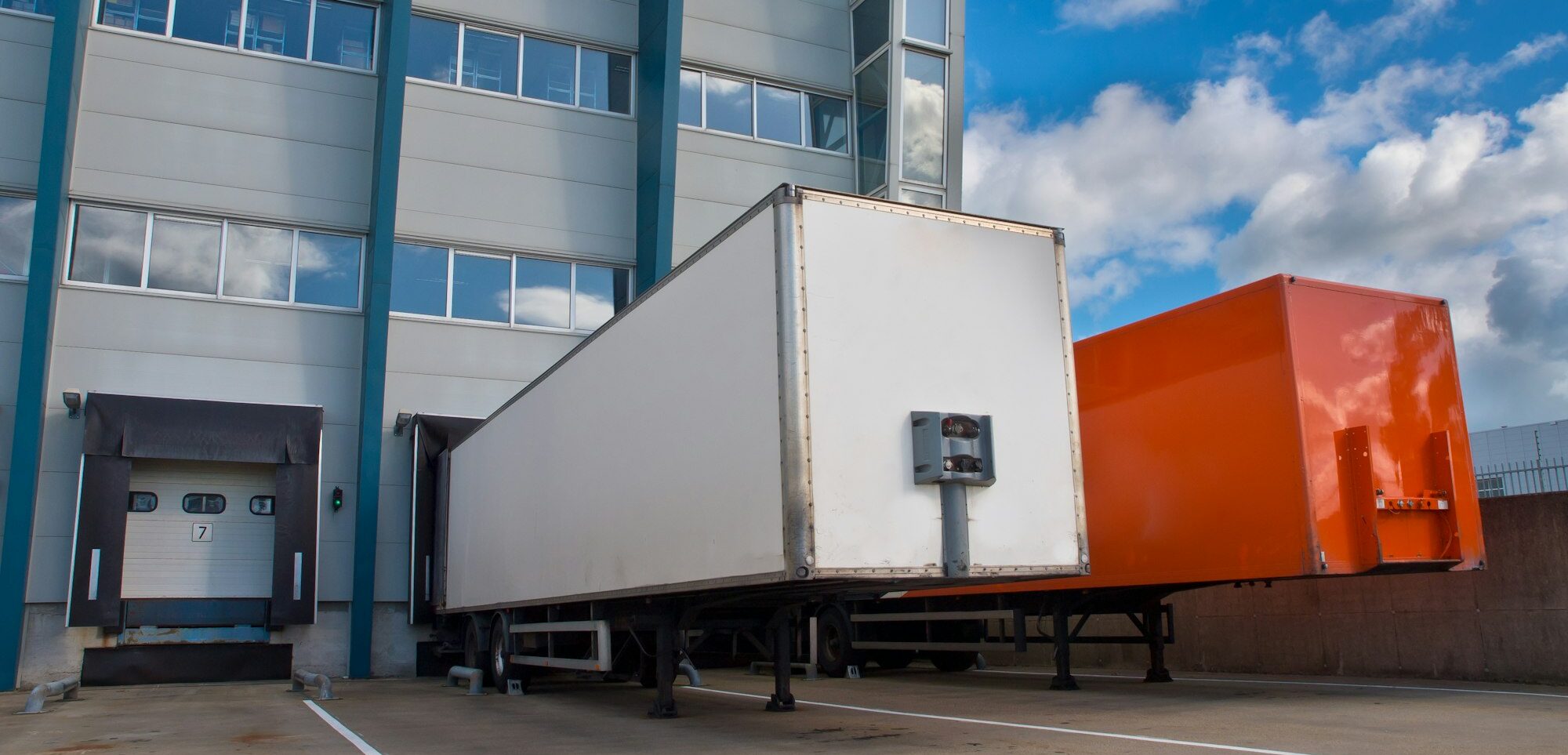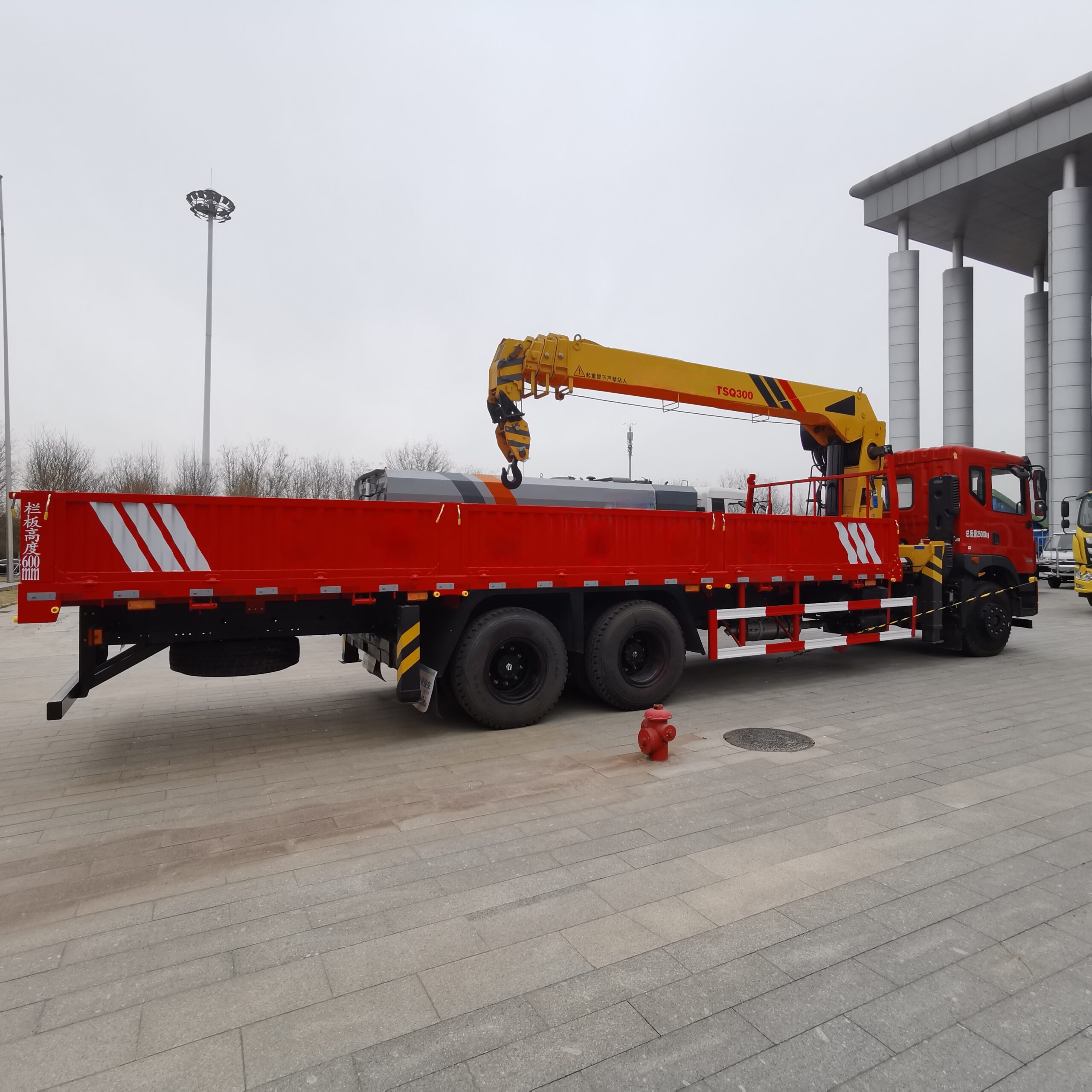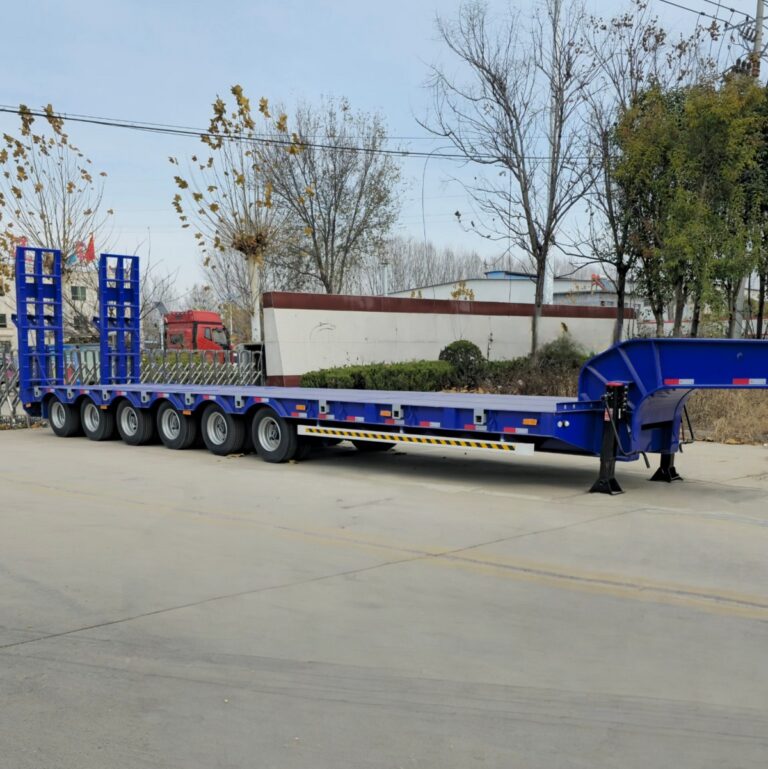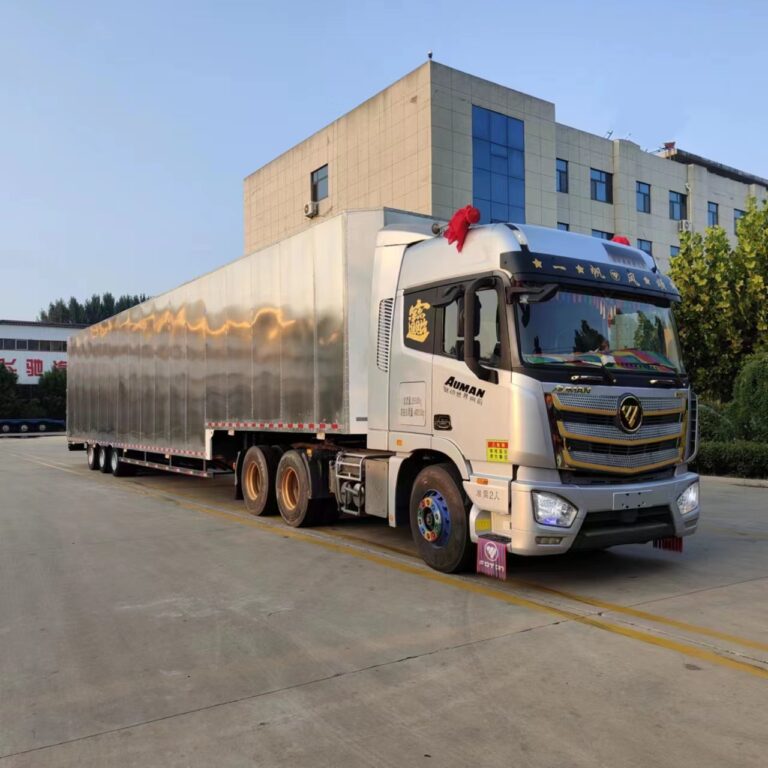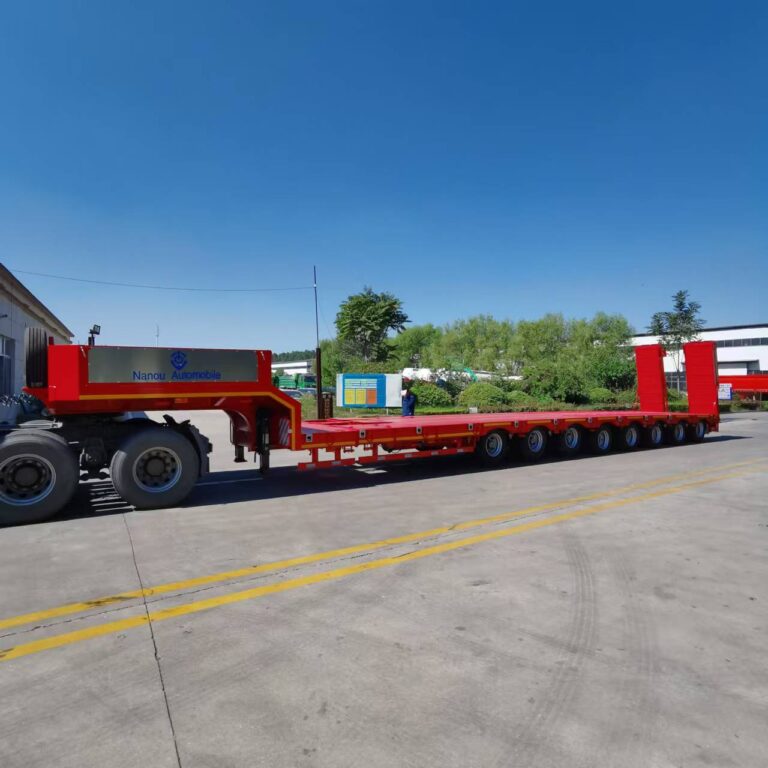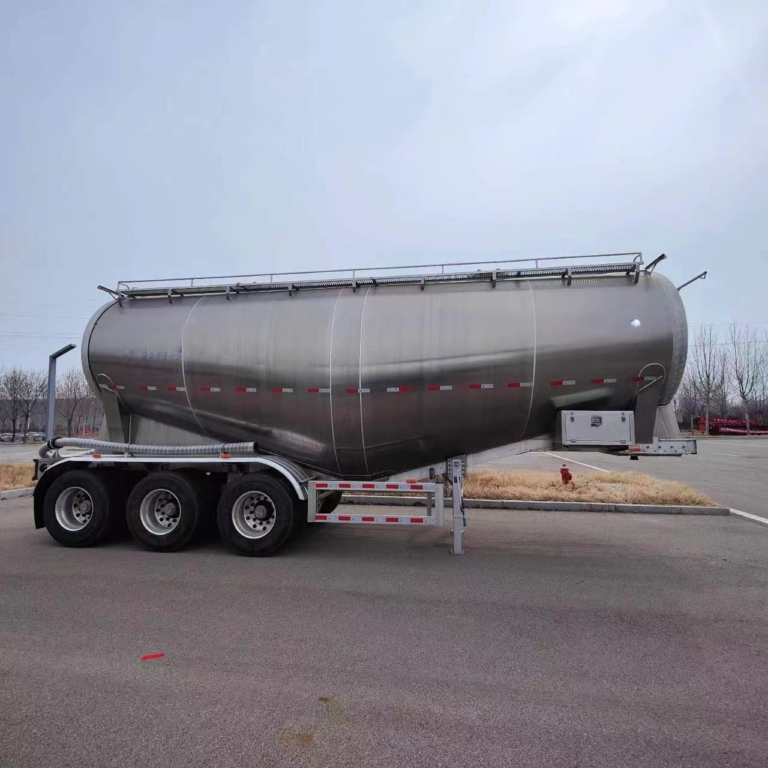Characteristics of container trucks
As an important tool in modern logistics transportation, container trucks have a series of significant characteristics, which are summarized in detail from multiple dimensions as follows:
1、 Structure and Design Features
Specialized design
Mainly using semi-trailer type trains (such as flat plate and skeleton type), among which the skeleton type semi-trailer has no bottom plate, and the container is directly fixed on the frame, which has the advantages of light weight, simple structure, and easy maintenance; The flat type can also transport ordinary large cargo, with stronger adaptability.
Locking device: It is fixed to the frame by the four corner pieces at the bottom of the container and the torsion locking device on the frame, ensuring transportation stability.
Multi type adaptation
It can transport 20 foot and 40 foot international standard containers, as well as special containers such as refrigerated containers and tank containers, to meet diverse needs.
2、 Transportation efficiency advantage
Efficient loading and unloading
The unloading capacity reaches 400 tons per hour, which is 10 times more efficient than ordinary cargo ships, and the mechanical operation only takes 20 minutes for a single loading.
Support “trailer transportation” and “roll on/roll off transportation” to reduce transit time for goods.
Multimodal transport support
Realize seamless connection between sea, land and air, such as transferring directly from sea containers to railway or road transportation, shortening the overall transportation cycle.
3、 Security guarantee
Protection of goods
The sealed structure of the container can prevent wind, rain, and theft, and the fixed device reduces the risk of collision damage, especially suitable for high-value goods such as luxury cars and antique cars.
Vehicle safety design
Equipped with advanced braking systems such as ABS and EBS, the chassis has undergone rigorous testing and optimization to ensure stability under complex road conditions.
The intelligent monitoring system monitors vehicle parameters in real-time to prevent malfunctions.
4、 Environmental Protection and Sustainability
energy saving and emission reduction
Centralized transportation reduces the carbon emissions of individual vehicles, eliminating the need for individual driving within ports and allowing for direct hoisting onto trucks or railway trains.
lightweight technology
Using high-strength steel, aluminum alloy and other materials to reduce self weight and improve fuel efficiency.
5、 Universality and flexibility
Suitable for multiple scenarios
Support ‘segment transportation’ and ‘door-to-door service’ to meet the needs of various links in the supply chain.
Mixed transportation capacity
It can load vehicles, spare parts or other goods simultaneously, optimizing transportation costs.
6、 Technology Integration and Visualization
Information technology tracking
Real time updating of location information through container tracking system improves inventory management and quality control efficiency.
automation
Some container cross transport vehicles support automated loading and unloading, further reducing operation time.
7、 Cost effectiveness
Reduce overall costs
Compared to traditional transportation, containerization can reduce labor, time, and cargo damage costs. After the implementation of the British Atlantic route, transportation costs have been reduced to 1/9 of ordinary cargo ships.
Improve asset utilization
Standardized design enables vehicles and containers to be reusable, reducing idle waste.
summarize
Container trucks have become the core equipment in the global logistics system due to their comprehensive advantages in structural design, transportation efficiency, safety, environmental protection, and technological integration. Its characteristics not only promote the development of multimodal transportation, but also provide key support for reducing logistics costs and enhancing supply chain resilience.

